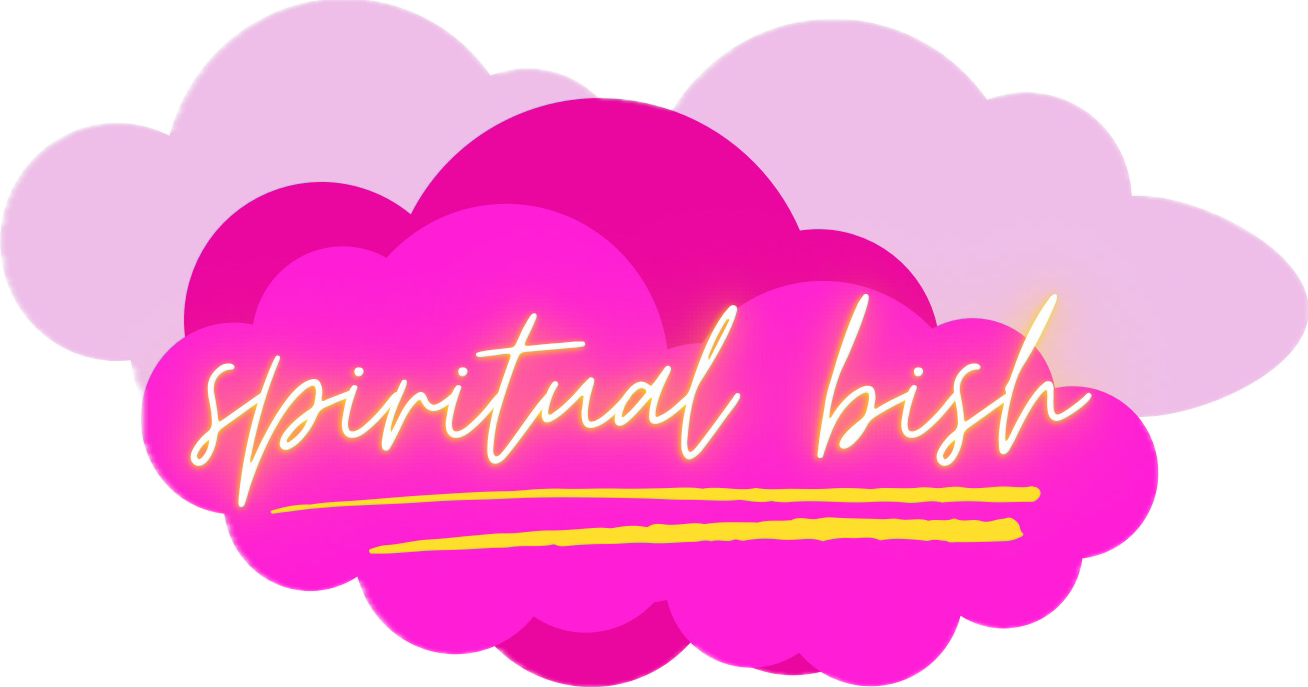the body-mind connection and why it’s important on every level
The body-mind connection is powerful and it’s actually the link between your thoughts and your feelings and emotions, shaping how you think, feel, emote, sense and act. It’s like a constant exchange of info between your mind and body- not that they are separate anyway =) I’m sure you’ve noticed that physical state often if not always affects your thoughts, and your thoughts can impact how you feel. For instance, changing your posture from a contracted position to a more open and expansive one can actually boost your confidence and shift your mindset. It’s a two-way street. “if you don’t know how to say no, your body will say it for you through physical illnesses.” Understanding how our thoughts and emotions affect our body is crucial. More and more, people recognize that our mental well-being can deeply influence our physical health. Experts like Dr. Gabor Maté support this idea, shedding light on the vital mind-body connection. how they communicate Your mind and body talk to each other in two ways: the body sends messages to the brain, and the brain sends messages to the body. This chatting involves chemicals like hormones and neurotransmitters, and it also happens through the Vagus Nerve. About 80% of the messages going up to your brain come from the body! emotions adjust not only our mental, but also our bodily states. this image is from a 2013 study that focused on where people experience different emotions in the body. This research constituted the first “map” that illustrated how our emotions and our body are linked through sensations. You can learn more in the video below. body-mind integration “The goal of mind-body techniques is to regulate the stress response system so that balance and equilibrium can be maintained and sustained, to restore prefrontal cortex activity, to decrease amygdala activity, and to restore the normal activity of the HPA axis and locus ceruleus-sympathetic nervous system” (Selhub, 2007, p. 5) In other words, integrating the body + mind makes us more present, regulated, feeling safe and whole. Sensitivity as a superpower 🦸♀️ Most of us are living in this disembodied capitalist culture that actually rewards us for being disconnected from our body and from our feelings deeming it as “strong” and “keeping it together” , because this numbing and suppressing is what allows us to be more “productive”. But it takes true strength and courage to show up as your most authentic and vulnerable Self, showing that soft under belly as opposed to all the masks and armour we may wear. And it makes sense that our genius body-mind may adapted this way to self-protect if we’ve been hurt in the past, but the truth is not feeing and expressing our true feelings doesnt mean that they go away – they live on inside of us and keep on building up like a pressure cooker, impacting our whole system and down the line can actually contribute to increased stress, anxiety, and emotional turmoil to name a few. Embracing our emotions and feelings is an act of self-love and it’s exactly what these exiled vulnerable parts of us may actually need – to be seen, heard, acknowledged and validated – and until this happens, this unconscious shadow aspect of our ✨Self✨ will continue pulling our strings behind the curtains. ✨it’s important to know that if we’ve disconnected from feeling, there’s a good reason behind it and most often it’s to stay safe. A trauma-informed approach to this reconnection is to go SLOW and be gentle, because we’re not going for overwhelm here ♥️✨ overwhelm in our nervous system is how trauma happens. So it’s not about jumping head on, “sucking it up”, getting rid of, or quickly fixing these vulnerable parts of us but becoming WHOLE – or realising that you always have been whole in the first place- by coming home to your Self and gently shining our light of awareness on them, feeling into what it is they are actually communicating and need in this moment- that is integration. This is why working with the wisdom of the soma (body-mind) and ✨all our inner parts✨ is important, it’s a sacred portal into deeper insight, wellbeing, and embodied transformation ♥️ So the next time you notice you are feeling all the feels perhaps ask yourself: what are these feelings telling me? Does this emotion feel familiar? What does this part if me need in this moment? And maybe all it needs is a little sacred pause to just be with it, as it is, however it is ♥️ and if it feels authentic, maybe take a moment to celebrate yourSelf for feeling safe enough to notice and express this feeling in the first place! That’s big stuff <3 ancient wisdom meets modern science Science is just catching up to these ancient truths, that the body-mind connection is important on many levels, not only in physical and mental health but also the spiritual. Here’s some ways you can integrate and strengthen this connection: Embodiment practices Somatic coaching mindful yoga Shadow work Somatic parts work Embodied mindfulness Trauma sensitive yoga (TCTSY) intuitive movement sensual dance qui gong yoga nidra learning about your nervous system states spending time in nature creative expression “only you know what’s best for you” If you’re feeling called to start exploring the wisdom of your soma (body-mind) with my guidance and support, contact me HERE to learn about my 1:1 trauma-informed somatic coaching container for women or HERE to get your free consultation about TCTSY, the world’s only scientifically validated trauma healing model of yoga.







